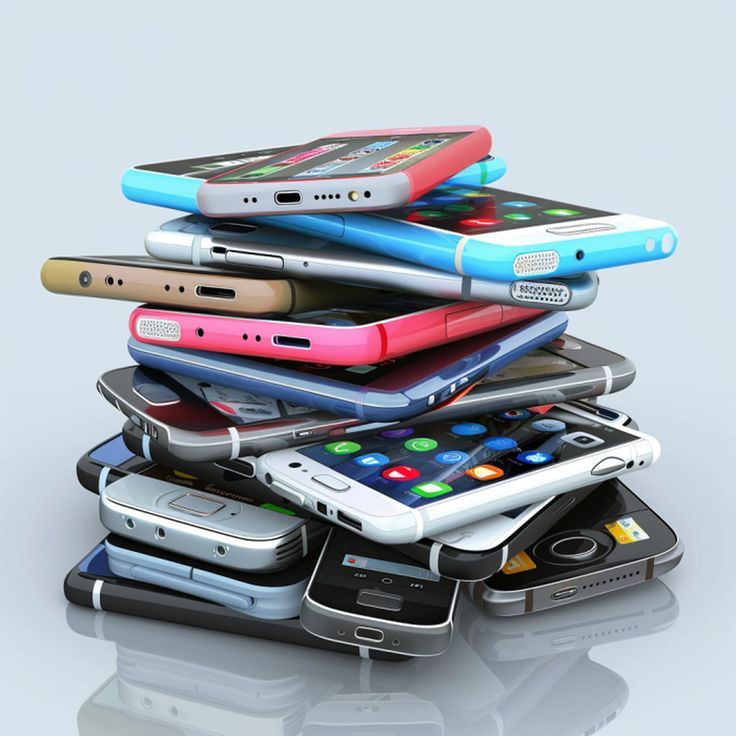Telephone
Telephone
A telephone is an electronic device that allows people to communicate with each other over long distances by transmitting sound, especially the human voice. It converts sound waves into electrical signals, sends them through wires or wireless networks, and then converts them back into sound at the other end. Telephones are inexpensive and easy to use. They provide instant and personal communication, enabling people to connect across long distances in real-time. Thanks to their convenience and affordability, billions of telephones—both landlines and mobile phones—are used worldwide today for personal, business, and emergency communication.Uses of Telephones in Daily Life
Voice communication.Text messaging.
Internet access (in mobile phones).
Business, personal, and emergency communication.
Telephone voice communication relies on a fundamental principle: converting sound energy into electrical signals, transmitting those signals, and then converting them back into sound at the receiving end. While the core concept remains, modern telephony has evolved from purely analog to predominantly digital systems.
While traditional landline telephones historically relied on dedicated copper wires for voice communication, modern telephones, particularly smartphones, are deeply integrated with Internet access, enabling a wide range of functionalities beyond simple voice calls.
The telephone, in its various forms, plays an indispensable role in business, personal, and emergency communication. While the specific technologies have evolved from analog landlines to sophisticated smartphones and VoIP systems, the core function of connecting people through voice remains critical.
On internet
Business, personal, and emergency communication.
Here is some advantage of telephone
Immediacy and Real-Time Interaction:
Instant Connection: Unlike emails or messages that might have delays, a phone call allows for immediate connection and real-time conversation.
Quick Problem Solving: Issues can be discussed and resolved on the spot, leading to faster decision-making and efficient conflict resolution.
No Waiting: You get instant feedback, eliminating the waiting time associated with written
communication.Emergency Situations:
Lifeline to Help: Direct access to emergency services (e.g., 911/112/999) is the most critical advantage, allowing for rapid response in life-threatening situations.
Connecting with Loved Ones: In emergencies, phones are vital for checking on the safety of family and friends, even if network congestion might necessitate SMS over calls.
6. Business Advantages:
Enhanced Customer Service: Many customers prefer to speak directly to a human for support, leading to higher satisfaction and quicker issue resolution.
Improved Sales: Voice interaction allows sales professionals to build rapport, understand customer needs more deeply, and effectively close deals.
Remote Work Facilitation: Telephones (especially VoIP) enable remote teams to collaborate effectively, conduct meetings, and stay connected as if in the same office.
Professionalism: For many business interactions, a phone call is still considered a more professional and authoritative method of communication than an email or text.
Here is some Disadvantage of telephoneLack of Non-Verbal Cues:
Misinterpretation: One of the biggest drawbacks is the absence of visual cues like facial expressions, body language, and gestures. This can lead to misunderstandings, as tone of voice alone might not always convey the full meaning or emotional context of a message.
Reduced Empathy: It can be harder to gauge the other person's true feelings or reactions without seeing them, which can impact empathy and rapport, especially in sensitive conversations.
2. Distractions and Interruptions:
Workflow Disruption: Phone calls can be highly disruptive to workflow, pulling individuals away from focused tasks and reducing productivity.
External Noise: Background noise or interruptions on either end of the line can make it difficult to hear or concentrate on the conversation, leading to repeated questions or errors.
Constant Availability Expectation: Smartphones, in particular, can create an expectation of constant availability, leading to stress and difficulty in disconnecting from work or social obligations.
While offering immense benefits in immediacy, personal connection, and accessibility, it's also crucial to acknowledge its limitations – the lack of visual cues, potential for interruption, and absence of an automatic written record. These drawbacks highlight that the telephone is one tool within a broader communication ecosystem, best utilized when its strengths align with the communication need.In essence, the telephone, in its various iterations, is far more than just a device for talking. It is a symbol of connectivity, a testament to human ingenuity, and a constant, evolving force in how we interact with each each other, conduct business, and navigate the complexities of our world. Its future will undoubtedly continue to intertwine with advancements in artificial intelligence, augmented reality, and seamless integration into our daily lives, ensuring its enduring legacy as a cornerstone of human communication.





.jpeg)
%20Free%20Download.jpeg)


Good
ReplyDelete